Sick Giant Sequoias
chrispon
9 years ago
Related Stories
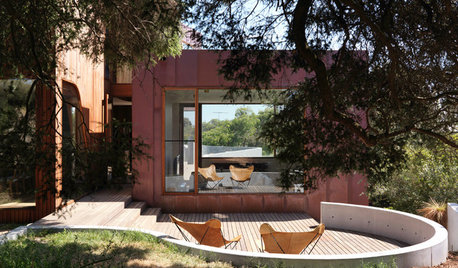
HOUZZ TOURSHouzz Tour: Connecting to the Landscape in Melbourne
Views of iconic moonah trees and plenty of wood indoors help an Australian home connect with its site
Full Story
MORE ROOMS6 Places to Lift Your Spirits Right at Home
Cozy nooks and quiet corners can soothe and renew weary spirits, making the home a real sanctuary
Full Story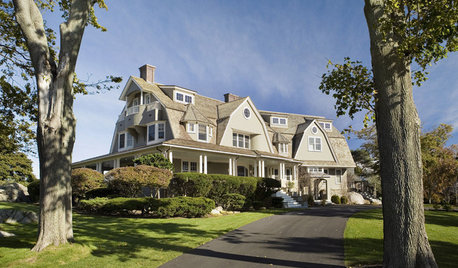
LIFEA Quick Downsizing Quiz for the Undecided
On the fence about downsizing? We help you decide whether that fencing should encircle a mansion or a mini trailer
Full Story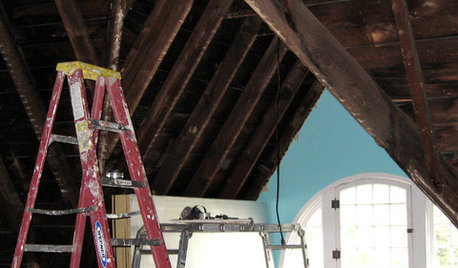
REMODELING GUIDES8 Lessons on Renovating a House from Someone Who's Living It
So you think DIY remodeling is going to be fun? Here is one homeowner's list of what you may be getting yourself into
Full Story
DREAM SPACESIf You Could Choose One Dream Space ...
Yoga room, wine cellar, infinity pool or tricked-out garage — which of these luxurious rooms would be at the top of your list?
Full Story
EDIBLE GARDENSSummer Crop: How to Grow Blueberries
Plant blueberries in spring or fall for garden beauty through three seasons — and a sweet superfood in summer
Full Story
HOUSEKEEPINGChoose Your Own Spring Cleaning Plan
Instead of trying to do it all, pick one of these six cleaning approaches that’s right for you now
Full Story
BEFORE AND AFTERSBefore and After: 19 Dramatic Bathroom Makeovers
See what's possible with these examples of bathroom remodels that wow
Full Story
INSPIRING GARDENSFrom Concrete Lot to Gracious Organic Garden in Seattle
Plants, pests and even weeds have a place in this landscape, which offers an edible bounty and a feast for the eyes
Full Story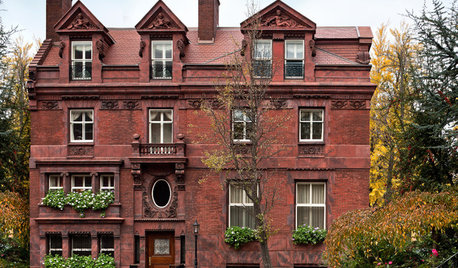






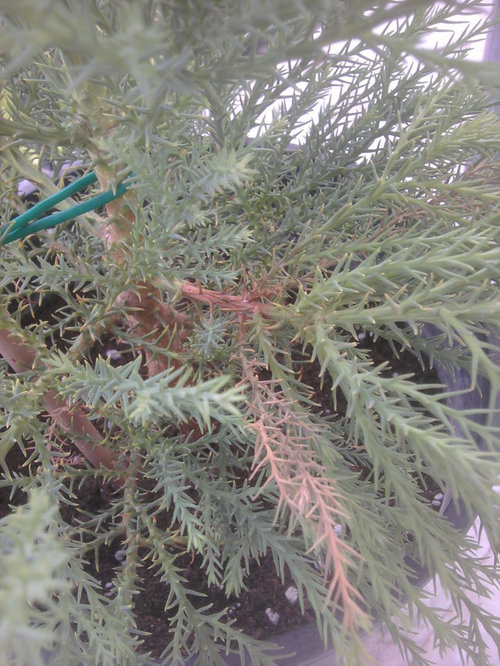



chrisponOriginal Author
bluecone
Related Professionals
Ferndale Landscape Architects & Landscape Designers · Norton Shores Landscape Architects & Landscape Designers · Rossville Landscape Architects & Landscape Designers · Taylorsville Landscape Architects & Landscape Designers · Woodinville Landscape Architects & Landscape Designers · Edmond Landscape Contractors · Milford Landscape Contractors · Berkley Landscape Contractors · Braintree Landscape Contractors · Farmington Landscape Contractors · Lyndhurst Landscape Contractors · New Baltimore Landscape Contractors · Riverhead Landscape Contractors · Uxbridge Landscape Contractors · Hueytown Landscape ContractorsSara Malone Zone 9b
chrisponOriginal Author
bluecone
chrisponOriginal Author
bluecone
sam_md
chrisponOriginal Author
taxo_man
chrisponOriginal Author
chrisponOriginal Author
fotisr
chrisponOriginal Author